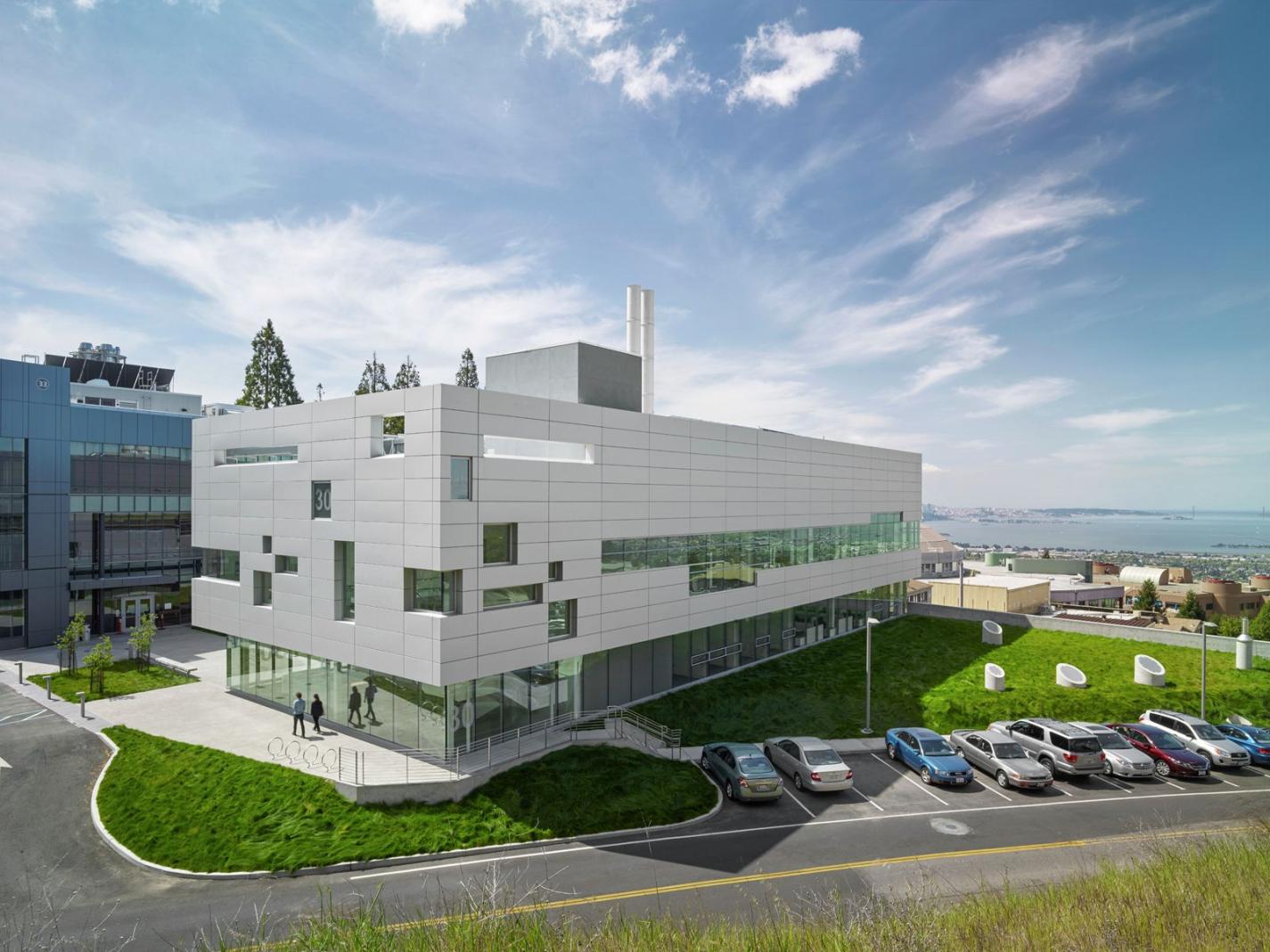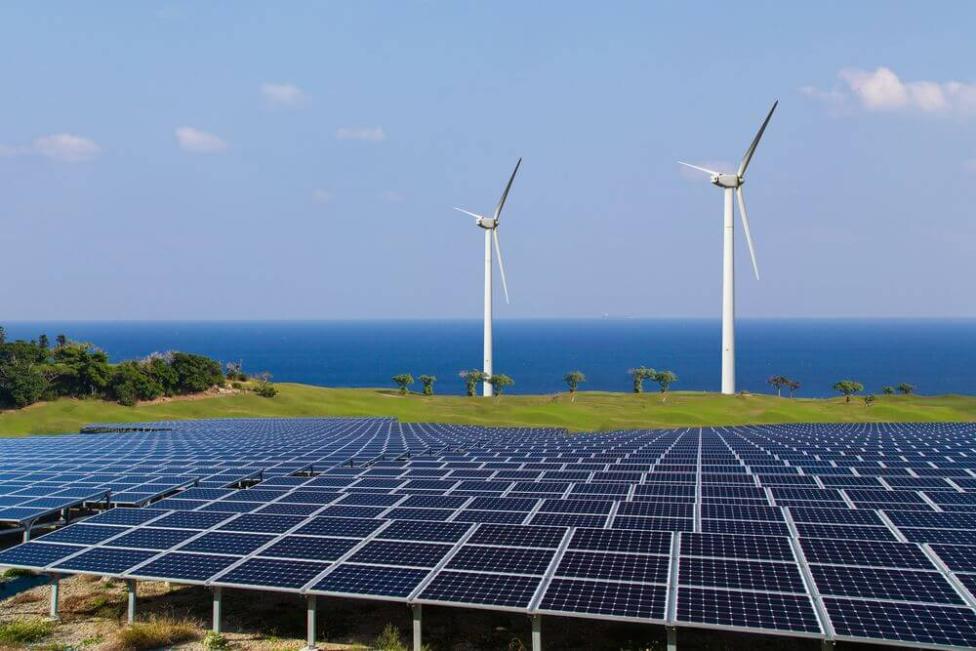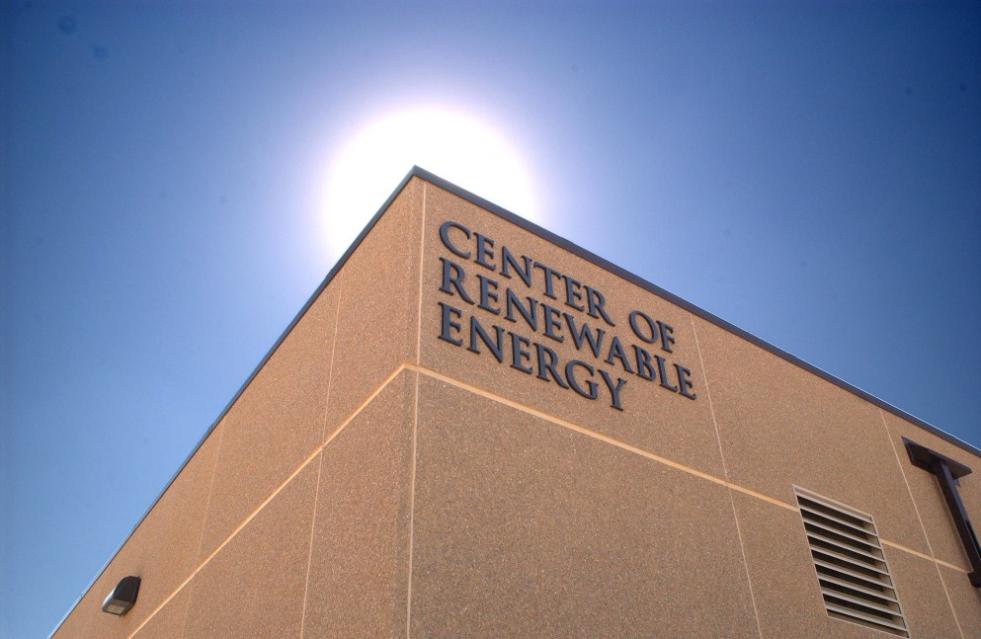What Are the Environmental Benefits of Using Renewable Energy in Restaurants?
The restaurant industry is a major consumer of energy, accounting for a significant portion of greenhouse gas emissions and other environmental impacts. However, by using renewable energy sources, restaurants can significantly reduce their environmental footprint and contribute to a more sustainable future.

Energy Use In Restaurants: An Overview
Restaurants use energy in a variety of ways, including:
- Cooking: Cooking food requires a significant amount of energy, which is typically provided by electricity, natural gas, or propane.
- Lighting: Restaurants need to be well-lit to ensure that customers can see their food and the staff can work safely. This lighting can be provided by incandescent bulbs, fluorescent bulbs, or LED bulbs.
- Refrigeration: Restaurants need to keep food cold to prevent spoilage. This is typically done using refrigerators and freezers, which use electricity to maintain a cool temperature.
- Heating and cooling: Restaurants need to be heated in the winter and cooled in the summer to ensure that customers are comfortable. This is typically done using furnaces, air conditioners, or heat pumps.
Environmental Benefits Of Energy Use In Restaurants
By using renewable energy sources, restaurants can significantly reduce their environmental impact. Some of the environmental benefits of using renewable energy in restaurants include:
Reduced Food Waste:
- Energy-efficient appliances and equipment help preserve food and reduce spoilage. This is because these appliances and equipment use less energy to operate, which means that they produce less heat. This heat can cause food to spoil more quickly.
- Proper temperature control in refrigeration and storage areas minimizes food waste. This is because food that is stored at the proper temperature is less likely to spoil.
Lower Water Consumption:
- Energy-efficient dishwashers and water fixtures use less water. This is because these appliances and fixtures are designed to use water more efficiently. For example, energy-efficient dishwashers use less water per cycle than traditional dishwashers.
- Water-saving technologies like low-flow faucets and pre-rinse sprayers reduce water consumption. These technologies can help restaurants save water by reducing the amount of water that is used to wash dishes and rinse food.
Reduced Air Pollution:
- Energy-efficient kitchen equipment produces less heat and smoke. This is because these appliances and equipment are designed to use energy more efficiently. This means that they produce less heat, which can help to reduce air pollution.
- Proper ventilation systems minimize the release of harmful pollutants into the environment. This is because these systems help to remove harmful pollutants from the air before they are released into the environment.
Energy Conservation:
- Energy-efficient lighting, appliances, and equipment consume less energy. This is because these appliances and equipment are designed to use energy more efficiently. This means that they use less energy to operate, which can help to reduce energy costs.
- Energy management programs and smart energy use practices help reduce energy consumption. These programs and practices can help restaurants to identify and reduce their energy use. For example, restaurants can use energy management software to track their energy use and identify areas where they can save energy.
Case Studies And Real-World Examples
There are many case studies and real-world examples of how restaurants have implemented energy-saving measures and achieved positive environmental outcomes. For example, the following restaurants have all implemented energy-saving measures that have resulted in reduced emissions, water conservation, and reduced food waste:
- The Cheesecake Factory: The Cheesecake Factory has implemented a number of energy-saving measures, including using energy-efficient lighting, appliances, and equipment. The company has also installed solar panels at some of its restaurants. These measures have helped The Cheesecake Factory to reduce its energy use by 20%.
- McDonald's: McDonald's has implemented a number of energy-saving measures, including using energy-efficient lighting, appliances, and equipment. The company has also installed solar panels at some of its restaurants. These measures have helped McDonald's to reduce its energy use by 15%.
- Starbucks: Starbucks has implemented a number of energy-saving measures, including using energy-efficient lighting, appliances, and equipment. The company has also installed solar panels at some of its restaurants. These measures have helped Starbucks to reduce its energy use by 10%.

By using renewable energy sources, restaurants can significantly reduce their environmental impact. The environmental benefits of using renewable energy in restaurants include reduced food waste, lower water consumption, reduced air pollution, energy conservation, and reduced greenhouse gas emissions. Restaurants that implement energy-saving measures can also save money on their energy bills.
If you own or manage a restaurant, you should consider implementing energy-saving measures. There are many resources available to help you get started, including the following:
- The U.S. Department of Energy's Office of Energy Efficiency and Renewable Energy
- The Environmental Protection Agency's Energy Star program
- The National Restaurant Association's Green Restaurant Association

By taking steps to reduce your restaurant's energy use, you can help to protect the environment and save money.
YesNo

Leave a Reply